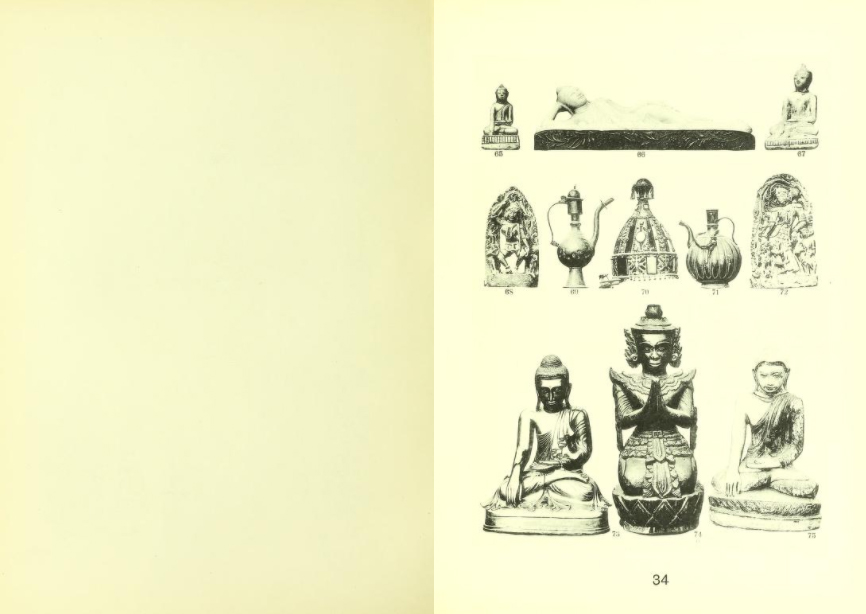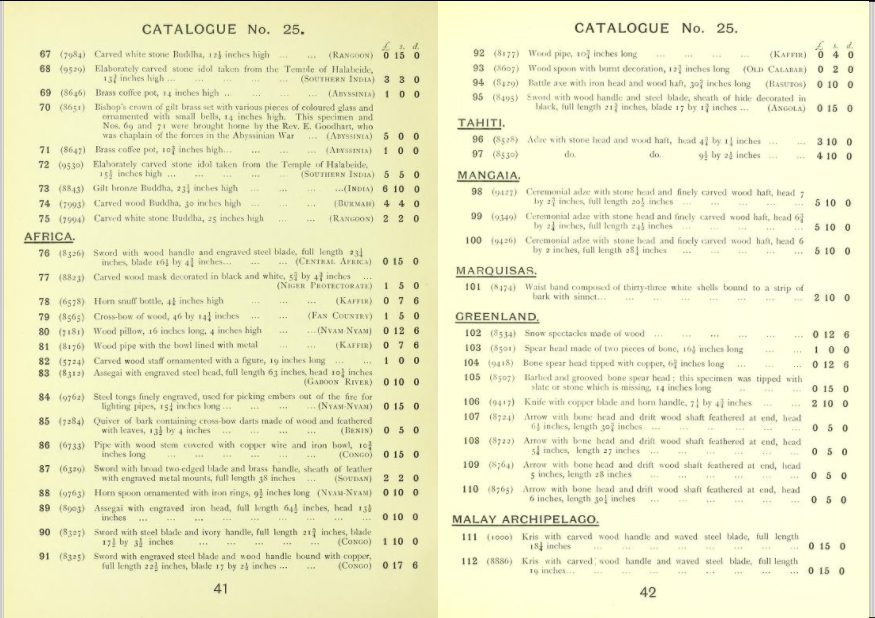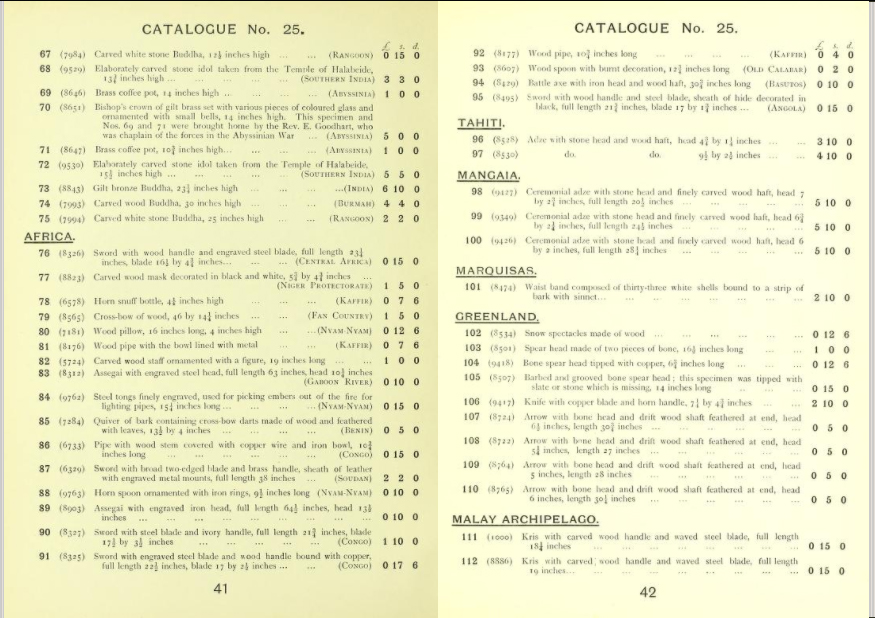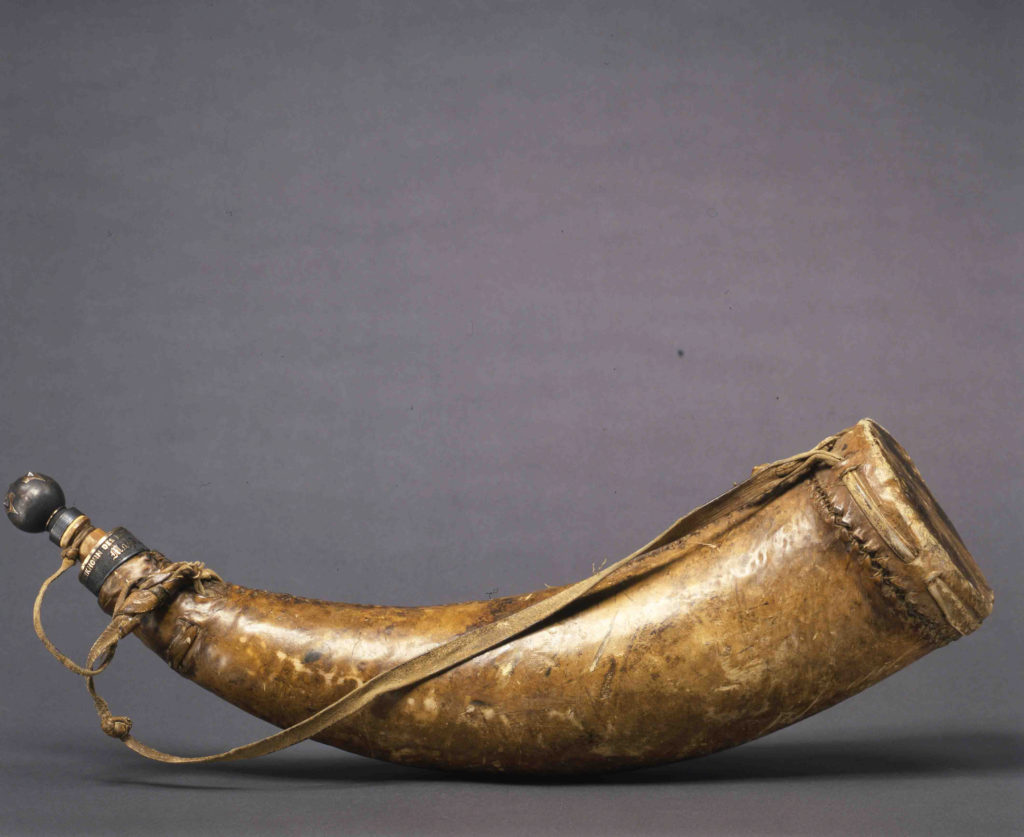What: A fragment of a 6th century white marble column, taken during Britain’s Abyssinian Expedition during a hit-and-run archaeological dig at Adulis in modern day Eritrea
Where: The British Museum, Great Russell St, Bloomsbury, London WC1B 3DG
The British Museum database entry reads: “Octagonal screen post fragment (lower end); white marble; with grooves for fitting panels.”
Museum number: 1868,1005.10
The story of the dig
Captain W. Goodfellow of the Royal Engineers made some quick excavations in Adulis (in modern day Eritrea) in the aftermath of the seige, from May 28 to June 9 1868.
Below is his report, as it appeared in the official record of the expedition, compiled by Holland and Hozier.
Adulis
Towards the conclusion of the campaign the Commander-in-Chief directed Captain W. Goodfellow, R.E., to make some excavations among the ruins of the ancient Adulis. The following is the report of that officer addressed to the Assistant-Quartermaster-General of the Force, and dated the 9th June, 1868:-
I have the honour to report that in accordance with the wishes of his Excellency the Commander-in-Chief, as communicated to me at Antalo on the 14th ultimo, I lost no time on coming to Zula, arriving here on the 24th ultimo.
2. On informing the Commanding Engineer that I had been directed to apply to him for a working party to enable me to make excavations with a view to discovering some remains of ruins of ancient Adulis, I was told that owing to the amount of work in hand just at that time I could not have more than 25 men of the Madras Sappers and Miners; with this small party, however, I at once made a commencement. Three narrow trenches being cut into some of the tumuli the walls and foundations of old buildings were discovered. At one spot some cut stone columns were found, and this induced me to remove more of the debris in the immediate vicinity, when the outline of a building, as shown in the accompanying plan, was discernable. I also ascertained by excavation that the foundations of this building, in which the bases of the cut-stone columns were found in true position, were 13 feet deep.
The columns, judging from the portions lying about, were apparently in their original state built up, clamped with iron and run with lead.
4. I have been unable to discover any capitals to suit the stone columns, nor is there any trace of how the roof of this building was supported.
As shown on the plan, the building was erected east and west; at the last end there are the remains of may once have been an altar, and the masonry exposed leads to the supposition that the last end was shaped in the form of an apex.
5. During the progress of the excavation fragments of carved marble, flat pieces of alabaster, having one side well-polished, were dug up, and some fragments of marble shafts; also one carved capital in marble, which may be referable to Byzantine architecture. Rough drawings of all these fragments are herewith submitted, and may prove interesting to those possessing more archaeological knowledge than I can lay claim to.
6. On one of the last slabs found there is a carved cross, which lends strength to the supposition that the building now exposed was one of the early Christian Churches, but whether it stands on the debris of still older buildings or not I have been unable to determine, as the excavations have scarcely been carried deep enough.
7. Besides the marble fragments, shreds of different descriptions of pottery have been found in the debris, but I regret to add, only one coin, which it is just possible that those possessing the requisite knowledge in such matters may be able to decipher.
8. The Madras Sappers and Miners, being under orders to embark for India, the detachment at Adulis was withdrawn on the 5th instant, and on the 7th instant I was permitted to avail myself of the services of one company of Bombay Sappers and Miners (80 men). Notwithstanding the great heat and difficulties about supplying the men with such an allowance of water as would satisfy them, I have had most willing and industrious excavators, and it is much to be regretted that there is not time, now that the campaign is over and all the arrangements for excavating the country complete, to continue this work, so as to throw light on the history of some of the hidden things of the past.”
The following is the report by the officer in charge of the Department of Antiquities of the British Museum, on the articles found at Adulis, which were presented to that Institution:-
“Mr Franks has the honour to report that two cases have been received from the India Office, containing various fragments of marble excavated by the British troops in Abyssinia. They appear to have been chiefly found amid the ruins of a church at Adulis, near Annesley Bay, a view of which has been published in the ‘Illustrated London News’ for September 5, 1868.
The most important of the specimens are the following:-
- A white marble capital
- Two portions of marble shafts
- see above
- Part of a bas-relief representing a cross.
- Part of another similar
- Various fragments of marble and alabaster vessels.
- The fragments of an earthern vessel.
These objects are not of great archaeological value, but considering the distant spot on which they were found, and the light which they throw on the state of the decorative arts in Abyssinia in early times, they are well worthy of a place in the Museum.”




